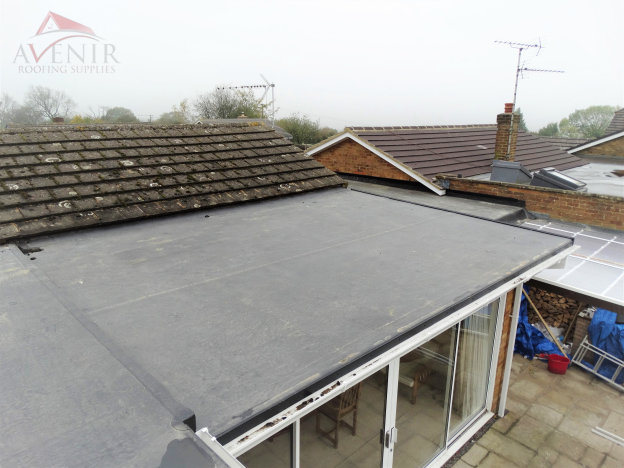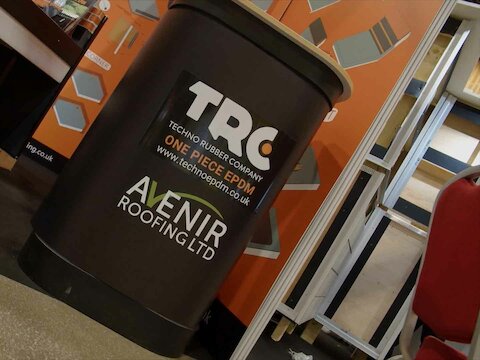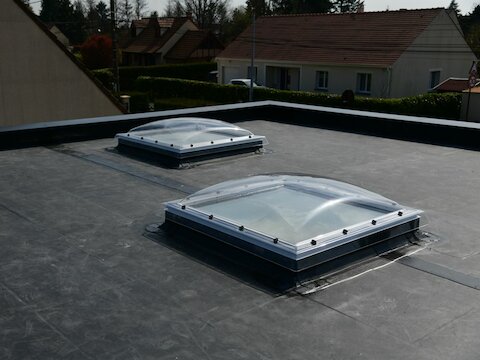Top Tips for Spotting Roof Damage

It’s a common occurrence that the longer you leave something, the worse it tends to get, and that applies doubly so with roofing. Without regular inspections, roofing damage can develop and affect your entire property. This may lead to a full replacement. It’s an incredibly costly consequence that can be prevented with a simple check, but many people don’t know where to start. That’s where we come in. You’ll find everything you need to know in this article, as we discuss the top tips for spotting roof damage.
Causes of Roof Damage
Adverse weather conditions and decay are the primary causes of roof damage. Every material used in the roofing industry has an average lifespan, and your roof is more likely to suffer damage once that lifespan is exceeded. Leaking roofs, missing shingles, or cracks in flat roofing are common signs of out-of-date materials, and it’s always best to replace or repair them as soon as you can.
However, weather conditions can cause immediate, unexpected damage, especially if the material used in the construction of your roof has exceeded its lifespan. High winds can cause areas of pressure on your roof, which affects loose tiles, causing them to fall. Winds can also expose insulation, which can then become wet and cause damage to the property.
You might also be surprised to hear that flying debris is a common cause of roof damage in the UK. Now, we’re not talking about a log the size of an elephant here, we’re thinking about the smaller stuff. Shards of glass, small branches and general debris can dislodge roof tiles. They can also damage guttering and downspouts too as they tend to become lodged or stuck in them, causing damage over time.
When wind or debris damage occurs, water damage is sure to follow. This has the potential to damage more than just your roof, so it’s vital that you find the problem before it becomes a disaster.
Outdoor Inspection
Safety should be the first thing on your mind when you perform an outdoor inspection. While that might sound boring and obvious, it’s essential that you’re prepared. (Especially if you’re clambering onto your roof!) In this case, it’s best to do the inspection in pairs with an extension ladder and a harness if needed. It’s perfectly fine to look at your roof from a distance to see issues too, and it’s always the safer option. However, if you wish to make repairs yourself, you may need to ask a roofing professional or make the climb yourself.
Once you’ve ensured your safety, you need to decide what it is you’re inspecting. Damage doesn’t just affect the actual roof, as the chimney, ventilation, guttering and flashing can be affected. It’s important to examine each area as best as you can, but we have a quick guide on what to look for.
Shingles: Look for signs of damage, such as broken or missing shingles. The shingles may curl too, which is an obvious sign that something is wrong.
Flat Roofing: Cracks or tears are the obvious signs to look out for. You could also look for patches on the roof too.
Flashing: There may be tears in the flashing that could cause issues. Buckling may also occur around roof penetrations, which should also be noticeable.
Guttering: You should be able to spot decay or rust straight away. Guttering should also be secure, with no debris blocking the way.
Chimney: Your chimney should be secure, without leaning to one side. Look out for damaged bricks or cracked joints too.
Indoor Inspection
Once your exterior examination is complete, you’ll want to take a look at the interior of your property. People tend to notice indoor issues first without deliberately looking for them, as they’re usually the symptom of a larger problem that began outdoors. However, there are problems that could still occur without apparent exterior damage: :
Moisture Marks: Brown, yellow and green stains could all be the result of damage to the roof. These should be easy to spot.
Peeling Paint: A damaged roof could cause peeling paint on the walls or ceilings of your home. If this is a common occurrence, there could be water damage or a leak somewhere.
Energy Costs: If you see a sharp rise in your energy costs, there could be an issue with the energy efficiency of your roof. This is a common warning sign that something is wrong.
Prevent the Damage
There are several steps you can take to reduce the potential for damage. The main one involves choosing a material that you can rely on. Firestone RubberCover EPDM is our material of choice, as it’s manufactured to a high standard by a trusted provider. It’s extremely functional for extensions, offices and other areas too, while the installation is incredibly simple compared to other options.
Regular roof inspections should also be carried out. These don’t have to be extremely thorough, as you should notice any faults if you use our advice above. The sooner you find an issue, the sooner the damage can be alleviated. You should also monitor your guttering and downspouts, as blockages can cause large problems if left unchecked. A quick monthly scan should do the trick, which will protect you from huge problems in the long run.




